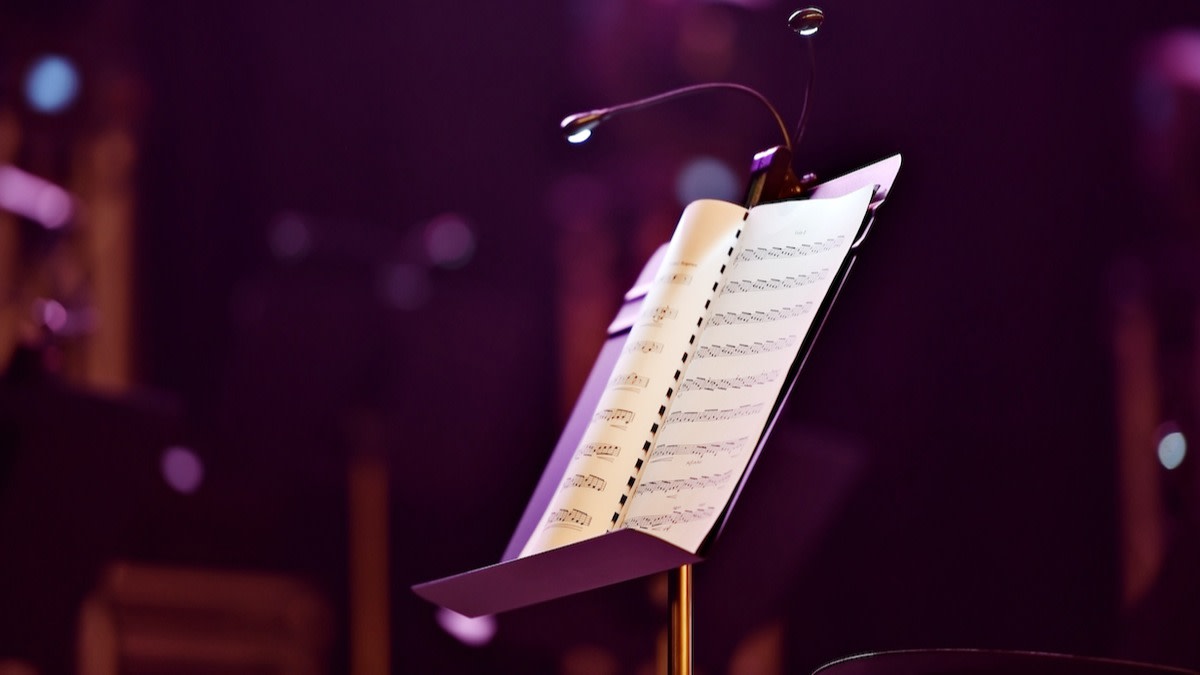Minor Scale Guide: Learn the Harmonic Minor Scale
Written by MasterClass
Last updated: Nov 2, 2021 • 3 min read
Minor-key music exists in a broad array of musical genres, and the sound of minor chords and the minor scale can evoke sadness, eeriness, and suspense. There are three types of minor scales in music theory: the natural minor scale, the harmonic minor scale, and the melodic minor scale. The most common is the natural minor scale, but the harmonic minor scale—recognizable for its raised seventh note—has arguably the most distinctive sound.
Learn From the Best
What Is the Harmonic Minor Scale?
Harmonic minor scales derive from the natural minor scale. In music theory, a natural minor scale is a seven-note musical scale characterized by a minor third scale degree (or flat third), a minor sixth scale degree (or flat sixth), and a minor seventh scale degree (or flat seventh). The harmonic minor scale features all the same notes, except for the seventh scale degree or leading tone, which is raised by one semitone. Harmonic minor scales abound in classical music, as well as jazz and forms of popular music like rock, hip hop, and R&B.
What Are the Notes of the Harmonic Minor Scales?
A harmonic minor scale is constructed from seven different notes spaced either one, two, or three semitones apart from one another. Here is a breakdown of each degree of the scale:
- First scale degree—the root of the scale
- Second degree—a whole step up from the root
- Flat third degree—a half step up from the second
- Fourth degree—a whole step up from the flat third
- Fifth degree—a whole step up from the fourth
- Flat sixth degree—a half step up from the fifth
- Natural seventh degree—three half steps up from the sixth
The scale concludes with one final whole step to get back to the root, an octave higher than before. Harmonic minor scales consist of the same notes whether played in ascending form (going up the scale) or descending form (going down the scale).
Natural Minor vs. Harmonic Minor: What’s the Difference?
The critical difference between natural minor and harmonic minor has to do with the seventh note of the scales, and there are several other noteworthy differences.
- Harmonic minor scales have a natural seventh. There is a one-note difference between the natural minor scale and the harmonic minor scale: In the harmonic minor scale, the seventh scale degree is raised a half step. While a natural minor scale has a flat seventh, or minor seventh, the harmonic minor scale has a natural seventh. For instance, the E natural minor scale (or E minor scale) consists of the following notes: E-F♯-G-A-B-C-D. The E harmonic minor scale is nearly identical, but with a raised seventh degree: E-F♯-G-A-B-C-D♯. The only difference between the two is that the D is raised by one semitone to D♯.
- Natural minor scales align with key signatures. Harmonic minor scales do not have corresponding key signatures, so composers indicate them using a combination of a key signature and a sharp accidental next to the seventh scale degree.
- Natural minor scales have relative major scales. For instance, C# minor is the relative minor of E major. Harmonic minor scales do not have a relative major key with which they share all their notes.
- Natural minor scales have an identical set of notes to the Aeolian mode. Harmonic minor scales are one scale degree (the natural seventh) removed from the Aeolian mode.
- Harmonic minor lends itself to augmented chords. By using the raised seventh in a harmonic minor scale, you can create augmented triads (where the fifth of a chord is raised a half step). You cannot do this with the notes in a natural minor scale.
- The dominant V chord is major in harmonic minor chord progressions. For instance, in a C harmonic minor scale, the V chord would be G major because the note B (which makes a G chord major) is in the C harmonic minor scale. In a C natural minor scale, the note B would be dropped to B♭, and that would create a G minor triad rather than a G major triad.
Want to Learn More About Music?
Become a better musician with the MasterClass Annual Membership. Gain access to exclusive video lessons taught by musical masters, including Sheila E., Timbaland, Itzhak Perlman, Herbie Hancock, Tom Morello, and more.
